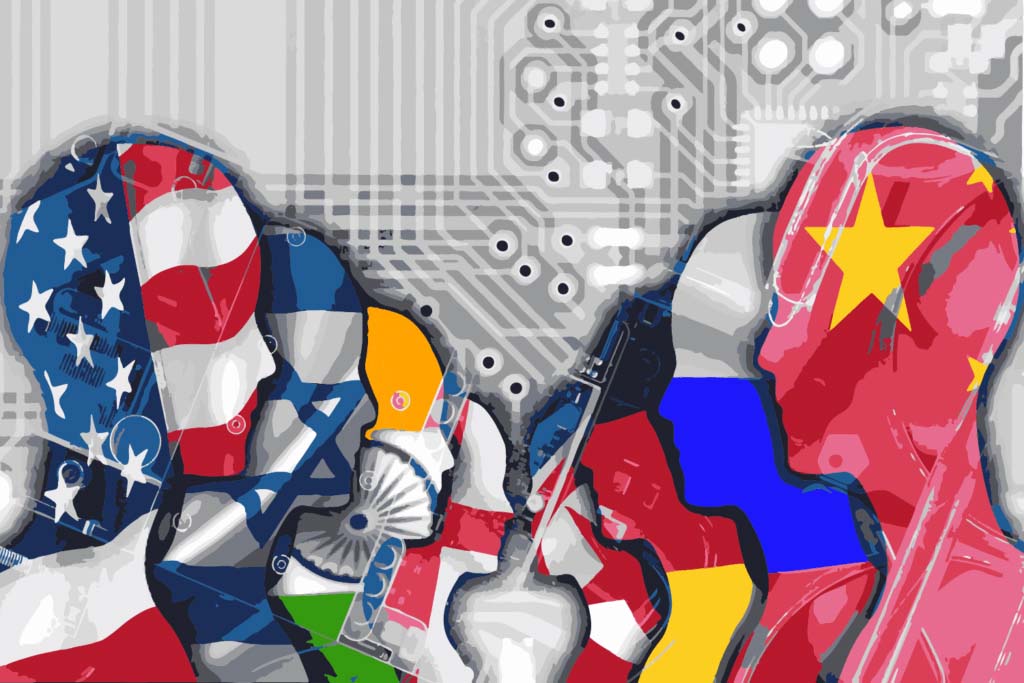The ethnic feud between Meiteis and Kuki-Zo tribes in Manipur is now approaching the two-year mark but there is still no resolution in sight. The governments, both State and Centre, too seem content watching and waiting for the warring parties to lose steam and suspend hostilities out of fatigue.
This may very well happen, but this can lead to what in International Relation, IR, study is referred to as frozen conflict. Another ethnic conflict in the state between Nagas and Kukis in the 1990s ended this way. The danger is, overt hostilities may cease, but their undercurrents will continue to tick on like time bombs to explode again when enough tension builds within.
The principal determinants of these small wars as they are referred to in IR study, are very nearly the same as those that fuel wars of nations, therefore a closer look at what drives big wars, as well as a scrutiny of the problems of nationalism too would be relevant. This is also because these small wars also to a great extent, result from incompatible ethnic nationalisms.
Nationalism by definition is exclusionary. It seeks group consolidation along sharply defined identity boundaries, and then aggressively assert the group’s interest together, even at the cost of others. Nationalism also covertly or overtly stands on the backbone of military prowess, therefore the group’s harm potential to rivals. This has been behind the politics of arms race aimed at power hegemony.
Just as P Sainath warned us that Everybody Loves a Good Drought, nationalism too often needs a convenient enemy to fire its own passion. When there are no tangible enemies, nationalist movements are known for conjuring up fictitious ones just so that they can keep their foundational energy alive. Even in times of peace, nationalism’s need for an enemy has manifested as the never seen but supposedly malevolent and prying “foreign hand”.
The professedly amoral “Realism” school in IR study tells us the race for power supremacy among states is inevitable and justified for only climbing up the power hierarchy is the safety guarantee for each state. By contrast, “Liberalism” school believes cooperation in economic spheres for mutual benefit is the alternative route to avoid conflicts and achieve lasting peace. Liberalism’s more idealistic extension “Constructionism” school, contends that nationalism and national identity are dynamic not static, and are open to value-based changes through interactions among states so as to accommodate each other.
On one side is the thought that conflict is human destiny and the only way to prevent wars is through military deterrence. On the other are the theories which see conflicts as the consequence of bad relationships and can be prevented by mending these relationships. The first emphasises on what is, while the latter are a search for what ought to be. Deciding which of these most closely reflect reality has never been easy.
Compounding the dilemma is that wars, or the fears of it, as so many have rightly pointed out, have many domestic uses. There is nothing like the spectre of external aggression or a threat to the integrity of their nation which can make a community sink internal differences. This being so, often these threat perceptions are deliberately manufactured by those holding the reins of political power to divert attention away their own failures on domestic fronts. This is particularly true of weak and clueless leaders.
Few have portrayed this troubling and painful conflicting pulls of nationalism and national identity more poignantly than Eric Hobsbawm in his book Fractured Times. In several of the essays in this collection, one idea recurs. German Jews were eager to integrate with the German identity in the decades before WWII, however they wanted to assimilate not with the German nation but with the German middleclass.
The inference is, if there can be anything as liberal nationalism based on consensual constitutional identity, the middle class which generally cuts across community lines, and are united by common professional pursuits and a shared desire for excellence in their respective fields, can be the hope. Maybe the answer to the many ethnic conflicts in the Northeast, such as Manipur’s ongoing one, is in this realisation that identities need not be rigidly static.
This article was first published in The Telegraph under a different heading. The original can be read here












